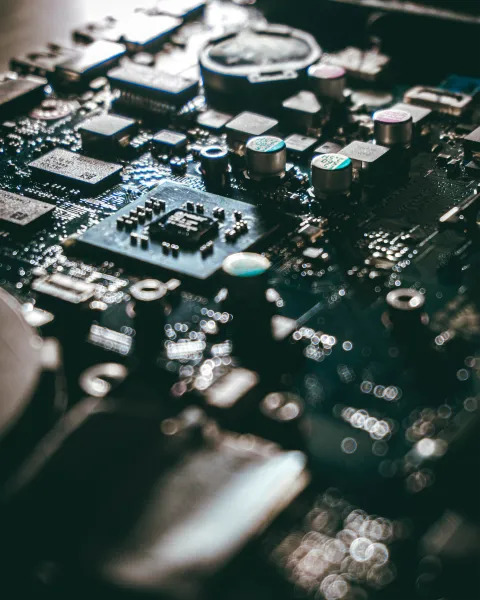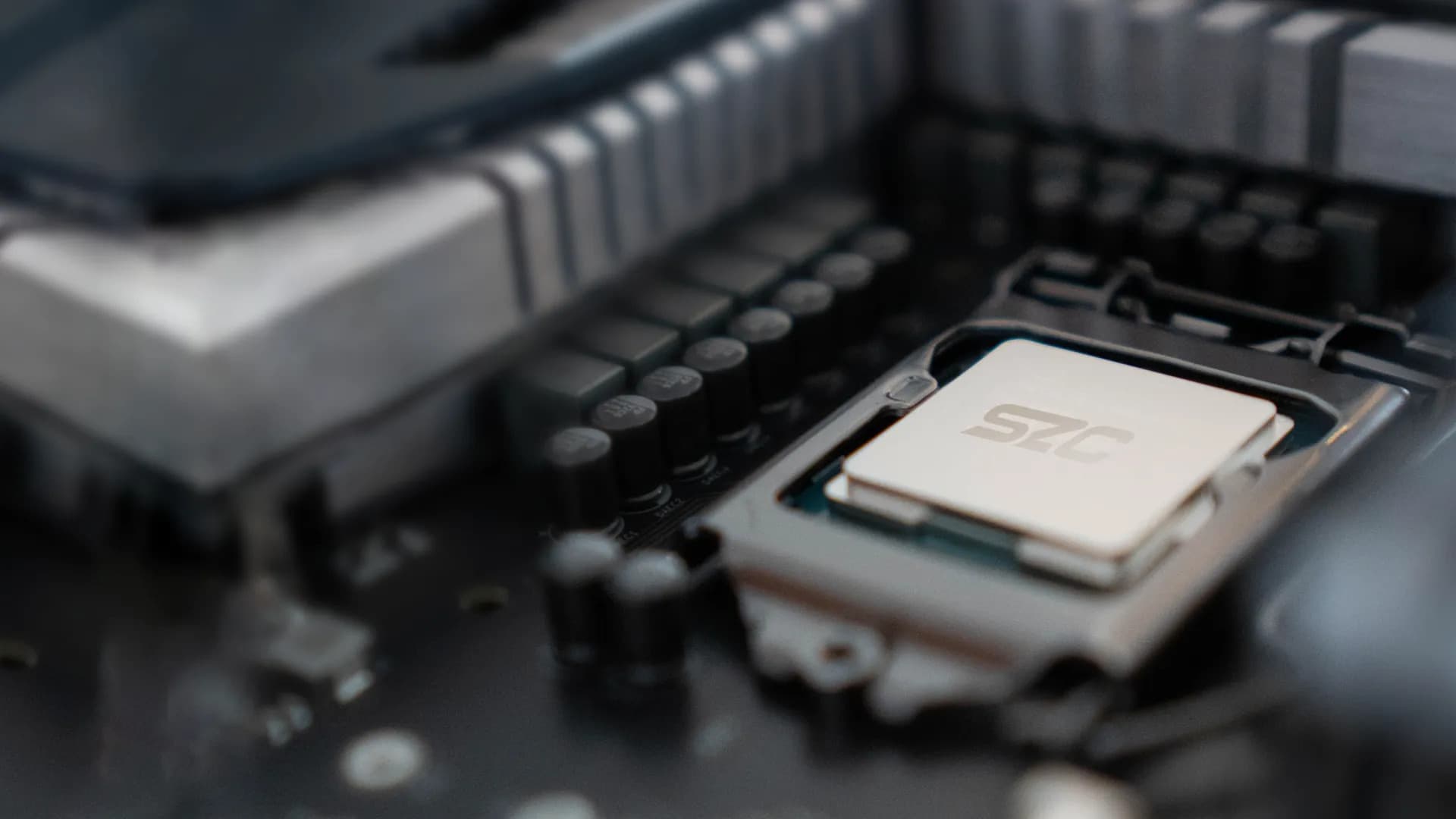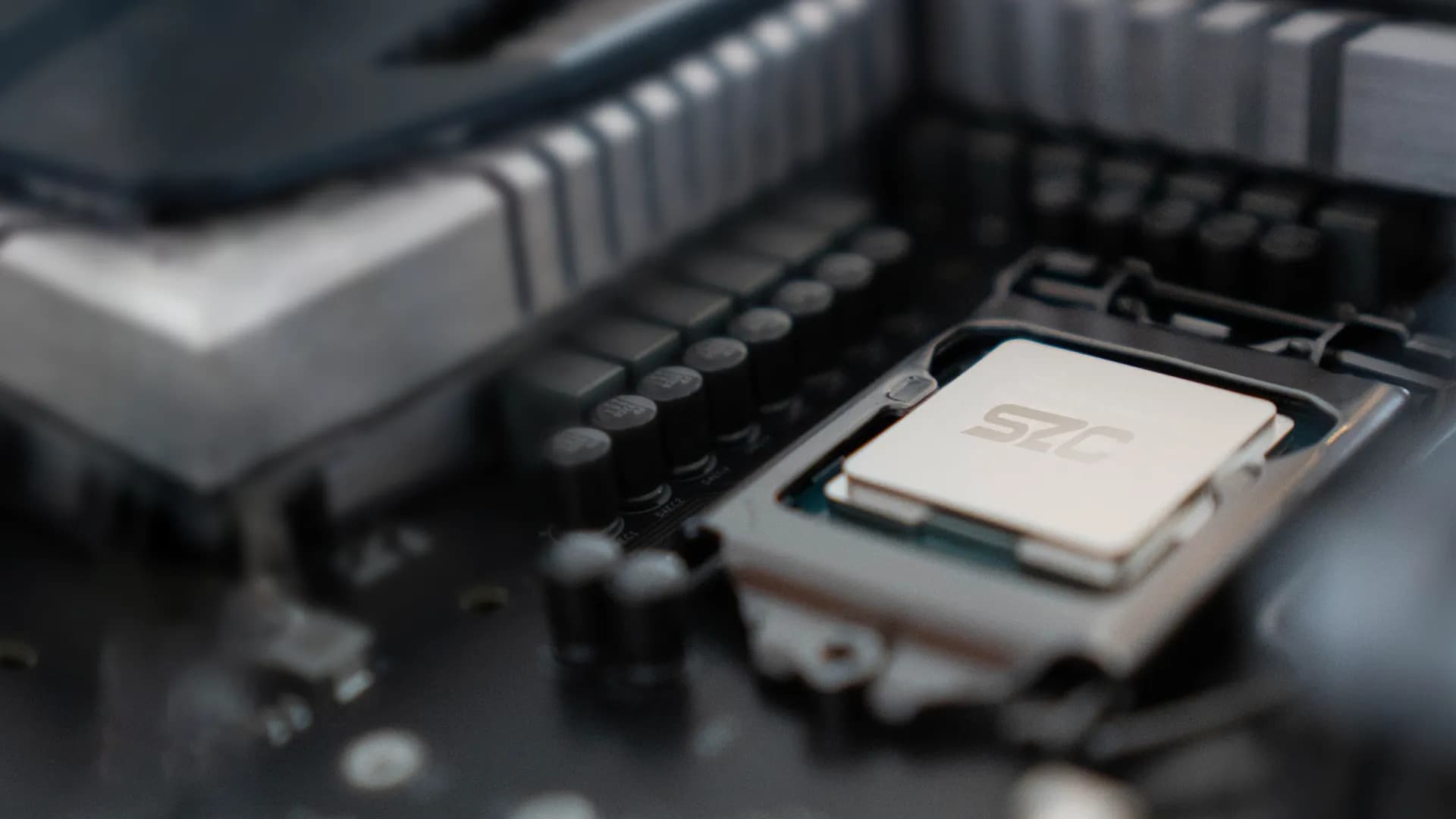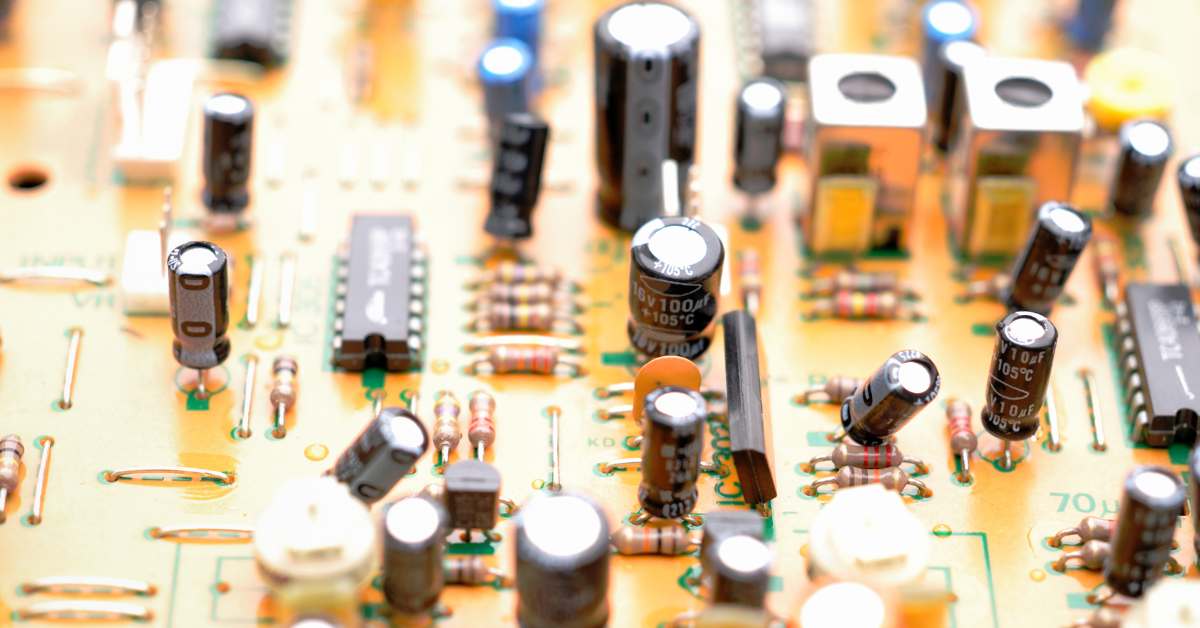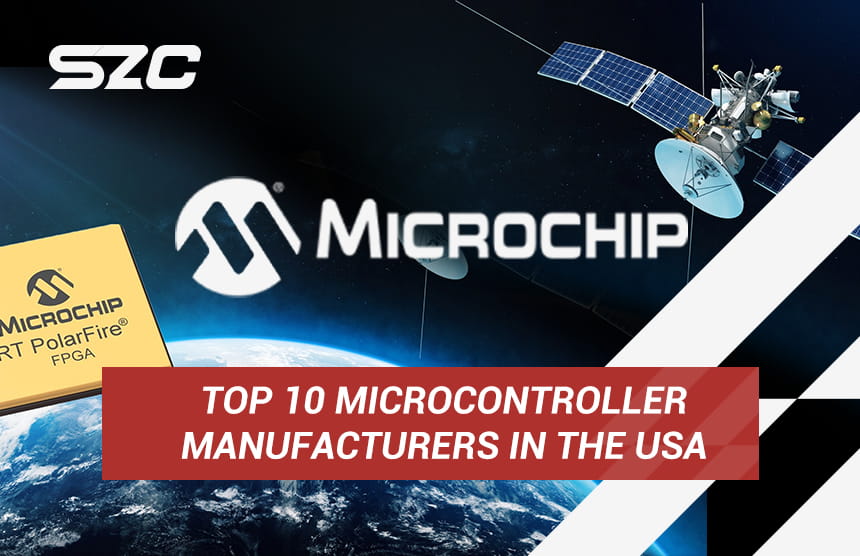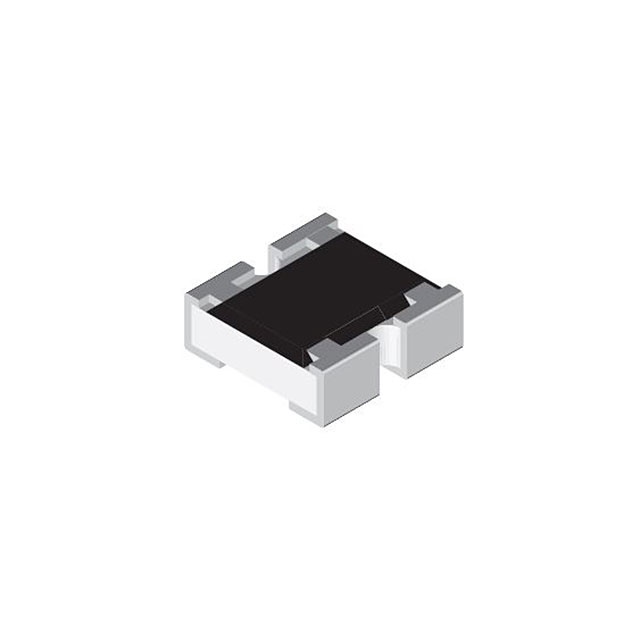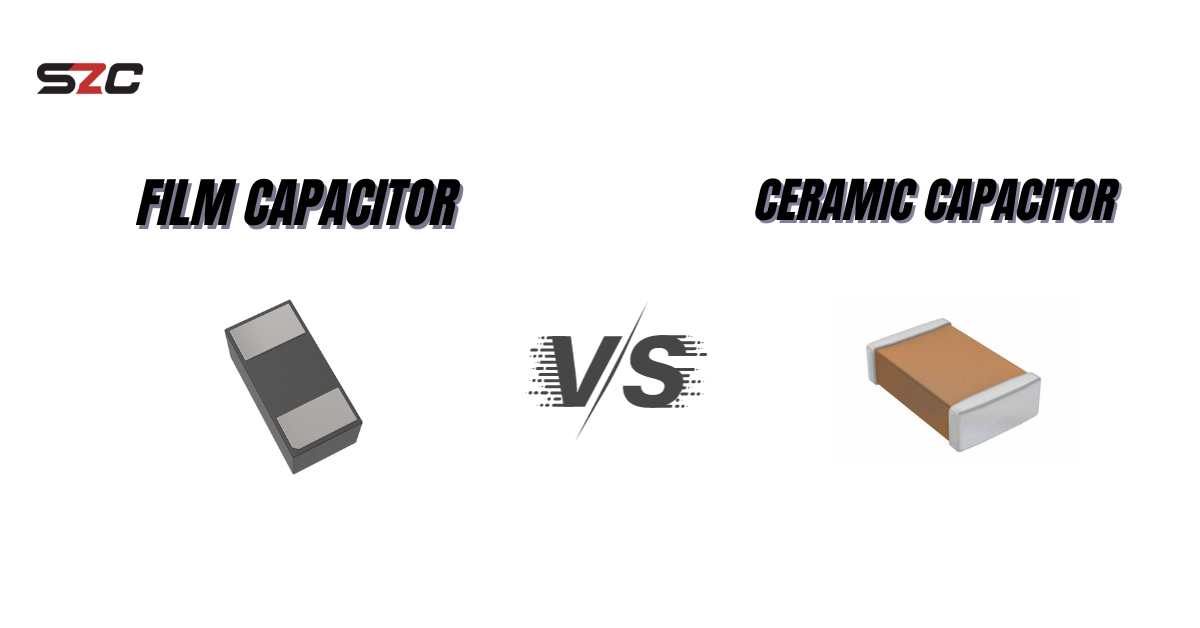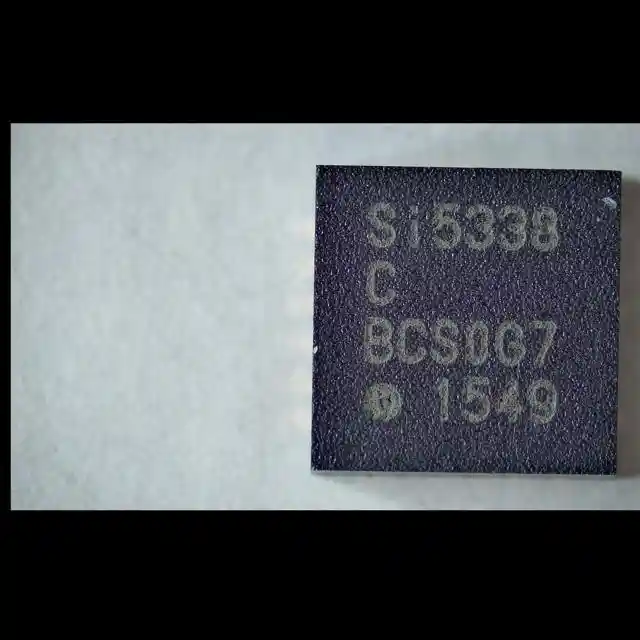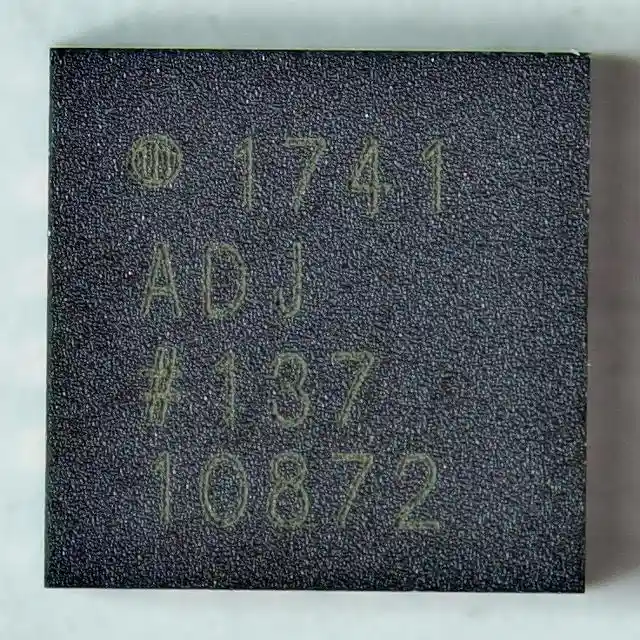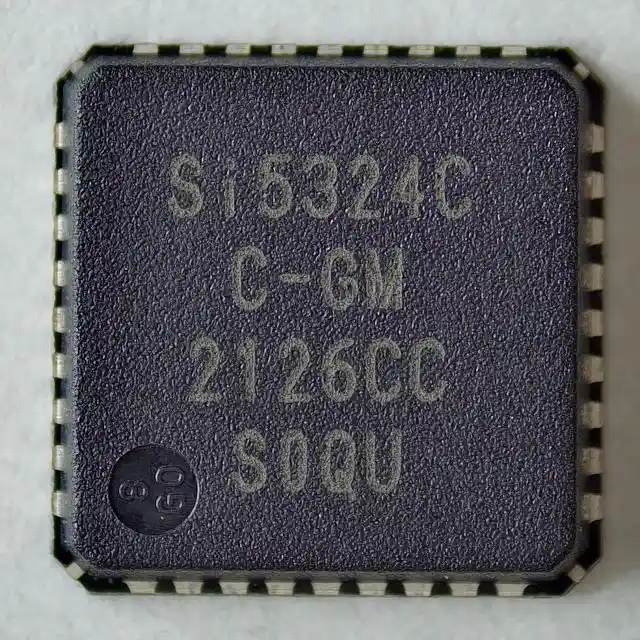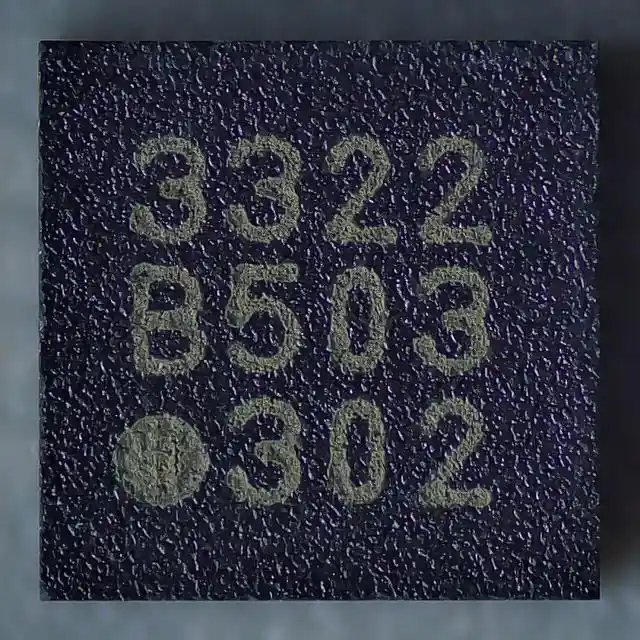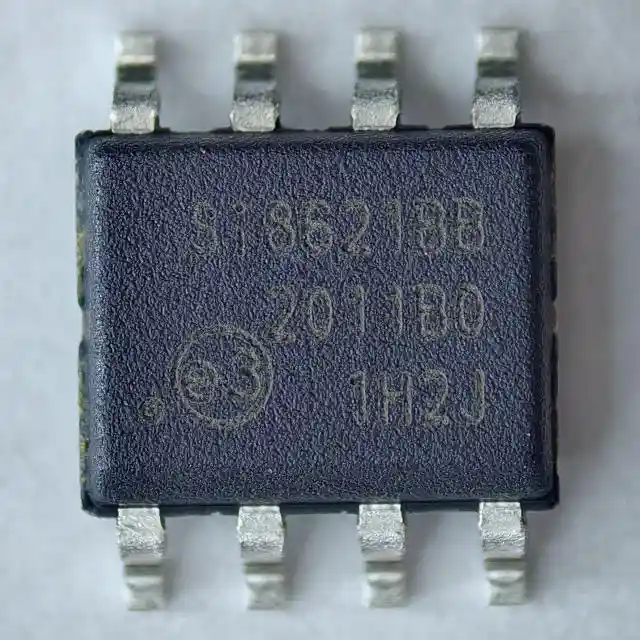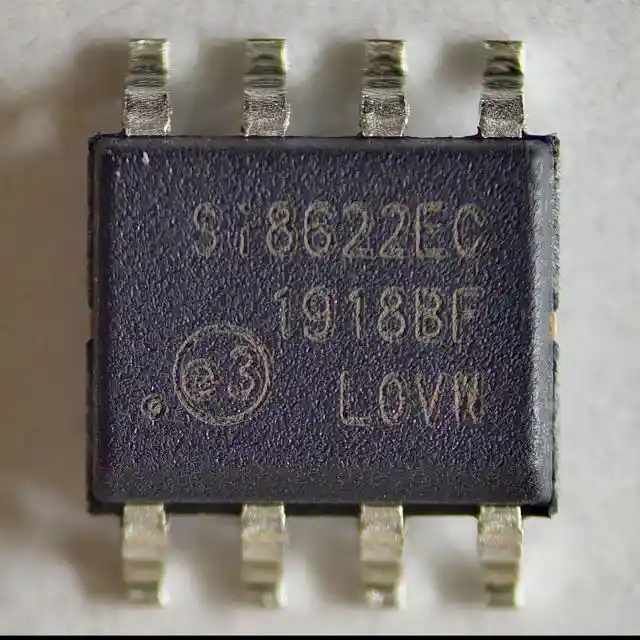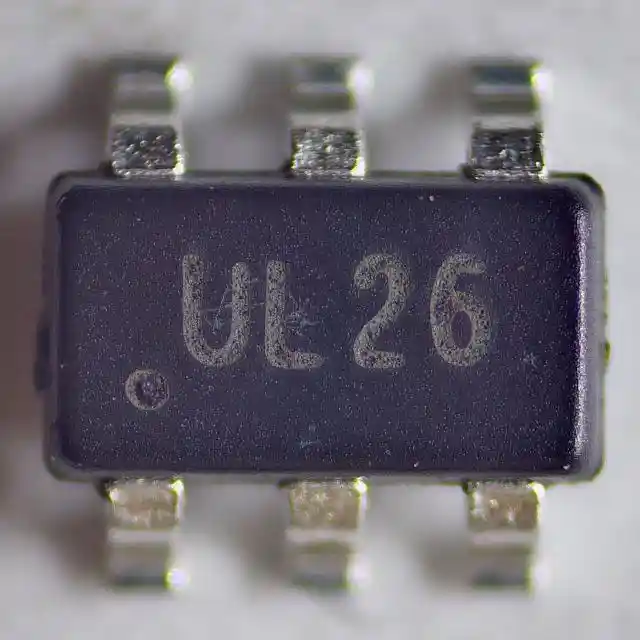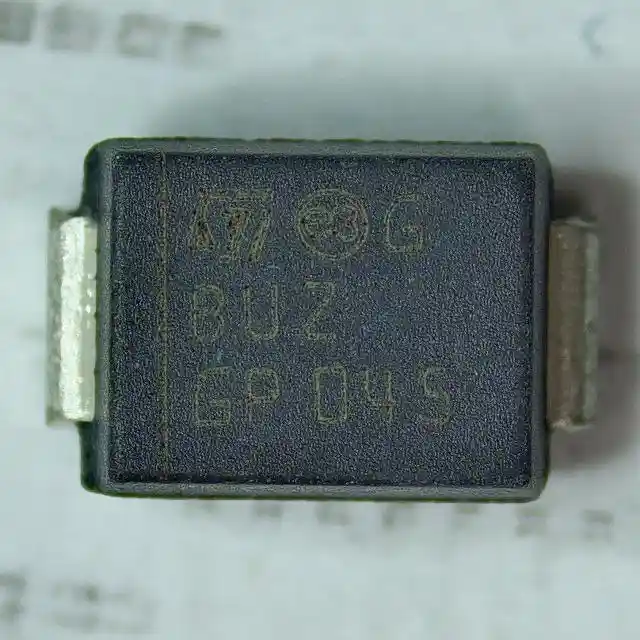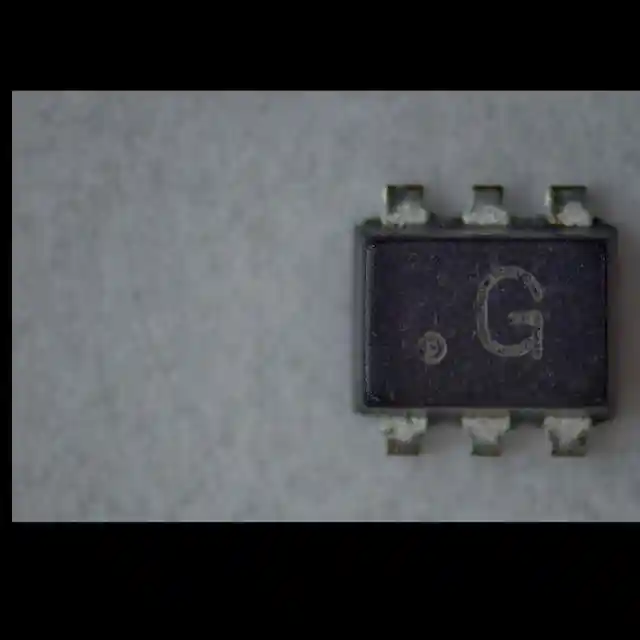Seasoned professionals in the realm of embedded systems engineering and product development within the electronics sphere often grapple with distinguishing between microcontrollers and microprocessors. Despite their foundational role in the design and fabrication of a myriad of electronic gadgets, understanding their unique functionalities based on mere definitions can be challenging:
At its core, a microcontroller serves as a compact computer on a singular integrated circuit. Typically, it houses one or more processor cores, memory, a serial interface, a timer, programmable input/output peripherals, and more, all on one chip.
Conversely, a microprocessor embodies a computing processor that consolidates the functionalities of a central processing unit (CPU) on a minimal number of integrated circuits, often just one.
At first glance, microcontrollers and microprocessors share several similarities. Both are integral single-chip processors that have revolutionized the spread of computing technologies through enhanced reliability and reduced costs. As single-chip integrated circuits executing computing logic, they are ubiquitous across countless electronic devices globally.
This blog post aims to demystify the differences between microcontrollers and microprocessors, covering every aspect from architecture to application. By doing so, we hope to equip you with the knowledge necessary to make informed decisions for your next computer engineering endeavor.
What Sets Microcontrollers Apart from Microprocessors?
Choosing the correct type of computer processor for your project is pivotal, influencing both your design approach and the project's final outcome. Let's delve deeper into what distinguishes a microcontroller from a microprocessor.
Understanding Microprocessor and Microcontroller Architecture
Although microprocessors and microcontrollers serve similar roles, a closer examination of each chip's architecture reveals significant disparities.
Microcontrollers are characterized by their ability to incorporate all essential computing components on a single chip. This includes the CPU, memory, interrupt controls, timers, serial ports, bus controls, I/O peripheral ports, and more, negating the need for external circuits.
In contrast, a microprocessor comprises a CPU and several supplementary chips that provide memory, serial interfaces, inputs and outputs, timers, etc. While "microprocessor" and "CPU" are often used interchangeably, some diagrams of microprocessor architecture might present the CPU as a component within the microprocessor. Essentially, a microprocessor is an integrated circuit chip containing a CPU, which connects to external peripherals through control or data buses for input and output operations.
The primary distinction lies in the self-contained nature of microcontrollers, which integrate all computing peripherals internally, as opposed to microprocessors' reliance on external peripherals. This architectural difference leads to various advantages and disadvantages, as explored further below.
Applications of Microprocessors and Microcontrollers
Both microprocessors and microcontrollers implement CPUs in computing systems, albeit with different architectural approaches. Microcontrollers integrate the CPU with various peripherals on the same chip, while microprocessors connect the CPU to supporting external chips. Despite some application overlap, these two processor types typically serve distinct purposes.
Microprocessors form the basis of microcomputer systems through the interfacing of additional chips, making them ideal for personal computers requiring versatile, high-speed processors for a broad spectrum of applications. The ability to easily upgrade external peripherals, such as RAM for increased memory, is a key advantage.
Conversely, microcontrollers, which consolidate all components of a microcomputer system on a single low-power chip, are predominantly utilized in embedded systems for executing specific, reliable functions over extended periods without human intervention.
Three Crucial Distinctions Between Microcontrollers and Microprocessors
- Cost: Microcontrollers are generally more affordable than microprocessors due to their specialized, less complex nature and internal component integration, which contrasts with the more complex, versatile microprocessors that necessitate robust external memory support.
- Speed: There's a notable difference in clock speeds between leading microprocessor chips and high-quality microcontrollers. Microcontrollers, designed for specific tasks, can be optimized for efficient operation, often at lower speeds, whereas microprocessors target complex, variable computing tasks, requiring higher speeds.
- Power Consumption: Microcontrollers are favored for their low power consumption, essential for dedicated tasks requiring minimal power. In contrast, microprocessors, catering to more complex computations, typically consume more power.
Embedded Systems and Microcontrollers: A Synergistic Relationship
Microcontrollers are uniquely suited for embedded systems applications due to their integrated design, single-application optimization, low power consumption, and cost-effectiveness. While microprocessors offer more power, their larger size, higher power consumption, and increased cost make them less suitable for many embedded systems applications.
Conclusion
In essence, microcontrollers and microprocessors offer different methodologies for organizing and optimizing computing systems around a CPU. Microcontrollers combine the CPU with peripherals on one chip for dedicated, low-power applications, ideal for embedded systems. Microprocessors, however, focus on more complex and versatile computing needs, requiring external peripherals. Understanding these differences is crucial for embedded systems engineers planning new projects.
For those embarking on projects involving programmable microcontrollers, our suite of tools at szcomponents is designed to streamline your development process, from host adapters to protocol analyzers, enhancing efficiency and reducing time to market.
Have questions or need further clarification? Feel free to reach out to us at [email protected].


